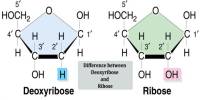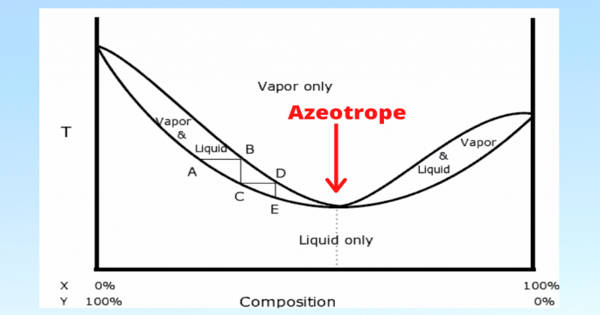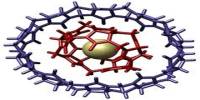Cadmium stearate is a salt with the formula Cd(O2CC17H35)2. It is a chemical compound consisting of cadmium (Cd) and stearic acid (C₁₈H₃₆O₂), which is a fatty acid commonly used in various industrial applications. Classified as a metallic soap, this a white solid is used as a lubricant and as a heat- and light-stabilizer in polyvinyl chloride.
The use of cadmium stearate is being phased out because of its toxicity. It is a white, waxy powder that is typically used as a stabilizer, lubricant, or activator in the manufacturing of plastics, particularly polyvinyl chloride (PVC).
Properties
- Chemical formula: C36H70CdO4
- Molar mass: 679.366 g·mol−1
- Appearance: White powder
- Density: 1.80 g/cm3
- Melting point: 134 °C (273 °F; 407 K)
Synthesis
The compound is produced by the reaction of cadmium chloride with sodium stearate or heating stearic acid and cadmium oxide or hydroxide. Also, an exchange reaction between cadmium sulfate and sodium stearate:
CdSO4 + 2 NaC18H35O2 → Cd(C18H35O2)2↓ + Na2SO4
Uses
- Stabilizer in PVC: Cadmium stearate is primarily used in the plastic industry as a stabilizer for PVC to enhance its heat resistance and durability. It helps prevent the degradation of PVC during processing, especially under high temperatures.
- Lubricant: It is used as a lubricant in the production of synthetic rubbers and in the manufacture of pigments, helping to improve processing efficiency and reduce friction.
- Catalyst: In some cases, cadmium stearate acts as a catalyst in certain chemical processes, such as in the production of certain types of resins and other polymers.
- Pigments and Coatings: It can be used in the production of cadmium-based pigments and coatings, where it plays a role in improving the finish and wear resistance.
Health and Environmental Concerns
Cadmium compounds, including cadmium stearate, are considered toxic and pose potential risks to human health and the environment. Cadmium exposure can cause serious health problems, including kidney damage, lung disease, and cancer. Because of its toxicity, cadmium stearate is regulated in many countries, and its use in consumer products is restricted in some regions. When used, it must be handled with caution, and appropriate safety measures are necessary.
Safety Precautions
Like other cadmium compounds, cadmium stearate is toxic. Cadmium stearate is also carcinogen.
- Handling: Proper protective equipment such as gloves, masks, and eye protection should be worn when handling cadmium stearate to avoid inhalation or skin contact.
- Disposal: Special procedures for the disposal of cadmium stearate and related waste materials are required to prevent environmental contamination, as cadmium is a persistent environmental pollutant.
















